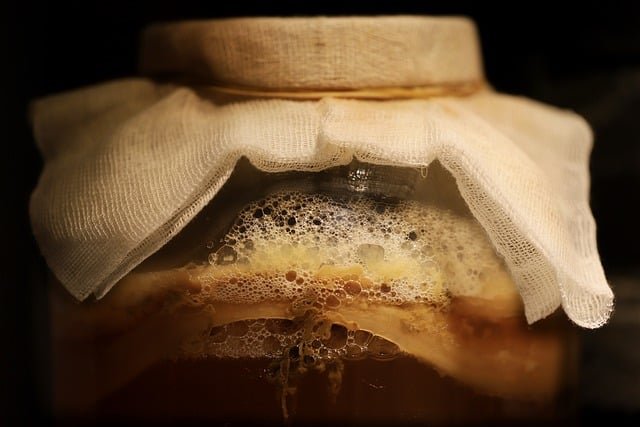
Fermented foods
History of Food Fermentation
Food fermentation is one of the oldest food preservation techniques, dating back thousands of years. Archaeological evidence suggests that humans have been fermenting foods since around 6000 BC. Early civilizations, such as the Sumerians and Egyptians, utilized fermentation to preserve food and create alcoholic beverages. The ancient Egyptians brewed beer and fermented bread, while the Chinese produced fermented soy products like tofu and soy sauce as early as 5000 BC.
As societies evolved, fermentation became integral to culinary traditions worldwide. In Europe, the practice of fermenting vegetables, such as sauerkraut and pickles, emerged in the Middle Ages as a way to store food for winter. In Asia, kimchi, a staple Korean dish, reflects the deep-rooted tradition of fermenting vegetables. Fermentation not only preserved food but also enhanced its flavours and nutritional profile, laying the foundation for many cultural dishes we enjoy today.
How Bacteria Ferment
Fermentation is a metabolic process that converts sugars into acids, gases, or alcohol using microorganisms, primarily bacteria and yeasts. The most common type of fermentation is lactic acid fermentation, where bacteria, such as Lactobacillus, convert lactose (found in milk) and other sugars into lactic acid. This process occurs in anaerobic conditions, meaning it can take place without oxygen.
Bacteria ferment carbohydrates by breaking down sugars through enzymes, producing by-products like lactic acid, ethanol, and carbon dioxide. For instance, in yogurt production, Lactobacillus bulgaricus and Streptococcus thermophilus are responsible for fermenting lactose in milk, resulting in the creamy texture and tangy flavour of yogurt. Similarly, in the fermentation of sauerkraut, the natural sugars in cabbage are converted into lactic acid, preserving the cabbage and giving it its distinctive sour taste.
Benefits of Fermented Foods
Fermented foods offer a myriad of health benefits, making them a valuable addition to the diet. One of the most significant benefits is their positive impact on gut health. Fermented foods are rich in probiotics—beneficial live bacteria that support a healthy microbiome. A balanced gut microbiome can enhance digestion, boost the immune system, and reduce the risk of gastrointestinal disorders.
In addition to probiotics, fermented foods often contain higher levels of vitamins and minerals compared to their non-fermented counterparts. For example, fermentation can increase the bioavailability of certain nutrients, such as B vitamins and vitamin K2. Furthermore, fermented foods may improve lactose digestion for those who are lactose intolerant, as the fermentation process breaks down lactose into simpler sugars.
The consumption of fermented foods has also been linked to various health benefits, including improved mental health, enhanced immune function, and reduced inflammation. The gut-brain connection suggests that a healthy gut microbiome can positively influence mood and cognitive function, potentially reducing symptoms of anxiety and depression.
How to Ferment Foods
Fermenting foods at home is a simple and rewarding process that requires minimal equipment. Here’s a basic guide to get started:
1. Choose Your Ingredients: Almost any food can be fermented, but vegetables like cabbage, carrots, and cucumbers are great starting points. Fruits, dairy, and grains can also be fermented.
2. Prepare the Food: Clean and chop the vegetables into suitable sizes. For vegetables, it’s common to create a brine using salt and water to help draw out moisture.
3. Add Culture: While some foods naturally ferment with wild bacteria, adding a starter culture (like whey from yogurt or a commercial starter) can ensure a successful fermentation.
4. Ferment: Place the prepared food in a clean glass jar or fermentation vessel. Seal it loosely to allow gases to escape. Store it in a cool, dark place for a few days to several weeks, depending on the food and desired flavour.
5. Taste and Store: After the fermentation period, taste the food. Once it reaches the desired flavour, store it in the refrigerator to slow down the fermentation process. If you notice mould or a foul smell discard as bad bacteria may have developed. When you ferment vegetables make sure they are well submerged in water to prevent this.
Fermenting your own foods not only enhances your diet but also connects you to a historical practice that has nourished cultures worldwide for millennia.
